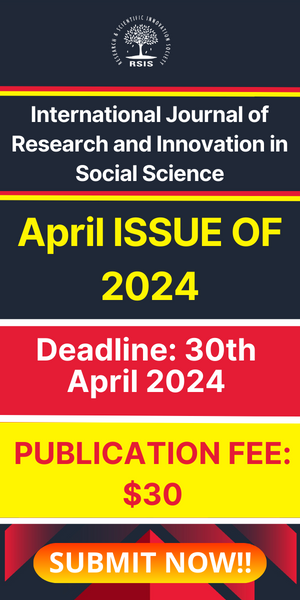Study on Strength Properties of Concrete with Admixture Containing Copper Slag at Various Proportions
- July 16, 2018
- Posted by: RSIS
- Category: Civil Engineering
International Journal of Research and Scientific Innovation (IJRSI) | Volume V, Issue VII, July 2018 | ISSN 2321–2705
Nanubilli Ramu1, Bandlamudi Kishore Babu2, Rai David Sanjay3
1Assistant Professor, Department of Civil Engineering, Vignan Institute of Information Technology
Duvvada, Visakhapatnam, Andhra Pradesh, India
2B.Tech Student, Department of Civil Engineering, Vignan Institute of Information Technology, Duvvada, Visakhapatnam, Andhra Pradesh, India
3Structural Engineer, Rayi Design Consultants, Visakhapatnam, Andhra Pradesh, India
Abstract- This paper investigates the effect of concrete with iron slag as admixture using copper slag as fine aggregate replacement. Owing to the scarcity of river sand and expensiveness of cement materials in concrete, partial or full replacement of copper slag with sand as it is having silica content as sand and partial replacement of cement with iron slag were performed as it is having similar binding and chemical properties of cement. The test results were obtained for M30 mix by adding copper slag to sand in various percentages ranging from 0%, 20%, 40%, 60%, 80% & 100% at 10% iron slag as a replacement with cement in concrete which is approved by Indian Standards. All specimens were cured for 7, 28 days before compressive strength test, split tensile test and flexural strength test and optimistic percentage of copper slag and ferrous slag was found.
Keywords- Copper slag, iron slag
I. INTRODUCTION
The current concrete construction practice is thought unsustainable because, not only it is consuming enormous quantities of stone, sand, and drinking water, but also two billion tons a year of Portland cement, which is not an environment friendly material from the standpoint of energy consumption and release of green-house gases (GHG) leading to global warming (G. Moriconi). Furthermore, the resource productivity of Portland -cement concrete products is much lower than expected because they crack readily and deteriorate fast. Since global warming has emerged as the most serious environmental issue of our time and since sustainability is becoming an important issue of economic and political debates, the next developments to watch in the concrete industry will not be the new types of concrete, manufactured with expensive materials and special methods, but low cost and highly durable concrete mixtures containing largest possible amounts of industrial and urban byproducts that are suitable for partial replacement of Portland cement, virgin aggregate, and drinking water.


